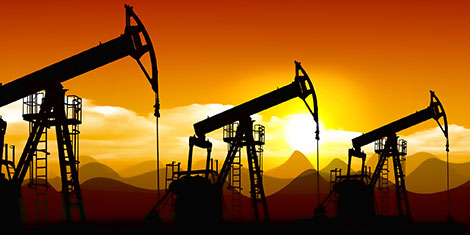It’s not so much that the anti-corruption crackdown launched by Saudi Crown Prince Mohammed bin Salman over the week signals any significant change in the kingdom’s oil policies. It’s just that any turmoil in Saudi Arabia sends oil traders scrambling to get long on the chance that events in the Middle East will upset oil markets.
Oil prices hit their highest since July 2015 on Monday with U.S. benchmark West Texas Intermediate climbing as of 11 a.m. New York time 0.75% to $56.06 a barrel and international benchmark Brent crude climbing 1.21% to $62.82 a barrel.
The “anti-corruption crackdown” resulted the arrest of members of the royal family, government ministers, and investors including billionaire investor Alwaleed bin Talal and the head of the National Guard, Prince Miteb bin Abdullah. The move has relatively little to do with corruption per se and lots to do with an effort by the Crown Prince to consolidate his power and strengthen the likelihood that he will eventually climb to the throne. There has been quiet but significant carping among members of the very extended royal family that the Crown Price has been moving prematurely to increase his power.
Even before the arrests the price of Brent, especially, had been climbing on projections for rising global demand and expectations that the Saudis and Russians will seek to extend current caps on oil production.
ICE commitment-of-traders data showed money managers had increased net long holdings of Brent crude futures and options by 23,500 contracts to 530,237. Money managers raised their net long commitments on West Texas Intermediate by 63,072 contracts to 343,705 over the same period. That brought net long positions in West Texas Intermediate to a six-month high.
Barclays raised its forecast for the average price of Brent crude in the fourth quarter of this year by $6 to $60 a barrel. The bank raised its full-year 2018 forecast by $3 to an average of $55 a barrel.


